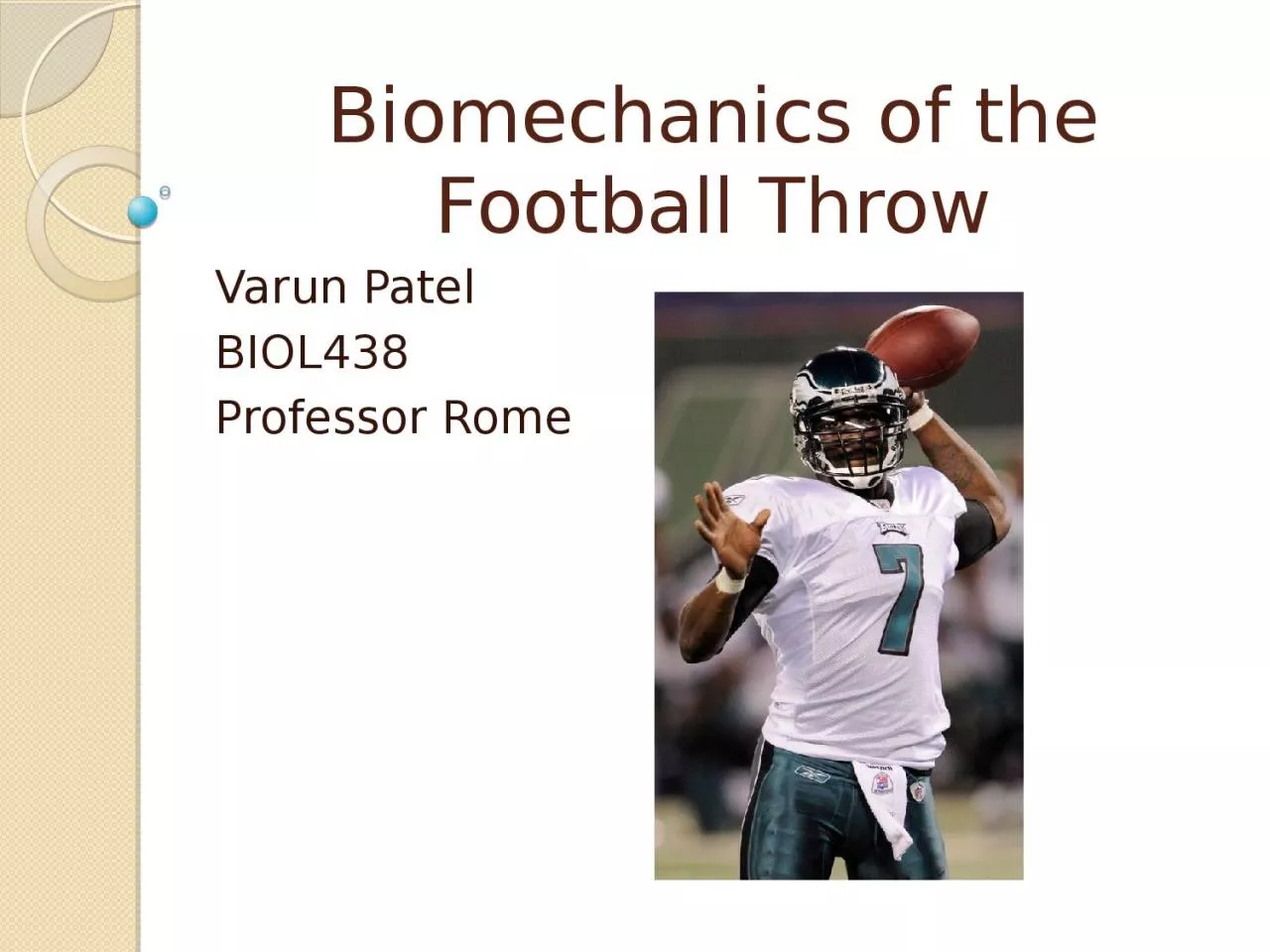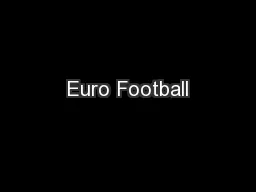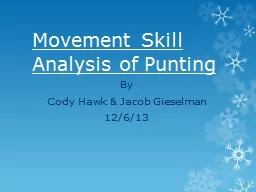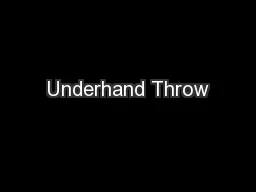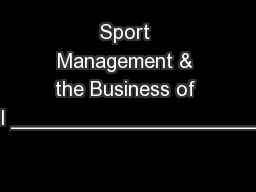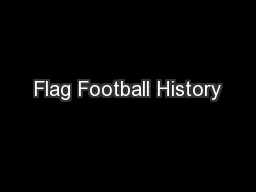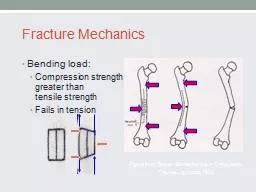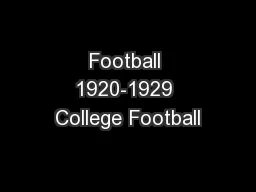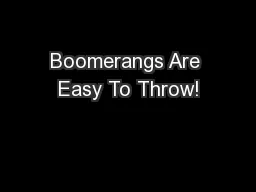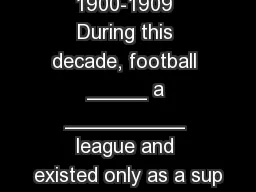PPT-Biomechanics of the Football Throw
Author : KissableLips | Published Date : 2022-08-04
Varun Patel BIOL438 Professor Rome Questions What are the kinematics of a football throw Does the elbow or wrist have greater end velocity I will be analyzing physical
Presentation Embed Code
Download Presentation
Download Presentation The PPT/PDF document "Biomechanics of the Football Throw" is the property of its rightful owner. Permission is granted to download and print the materials on this website for personal, non-commercial use only, and to display it on your personal computer provided you do not modify the materials and that you retain all copyright notices contained in the materials. By downloading content from our website, you accept the terms of this agreement.
Biomechanics of the Football Throw: Transcript
Download Rules Of Document
"Biomechanics of the Football Throw"The content belongs to its owner. You may download and print it for personal use, without modification, and keep all copyright notices. By downloading, you agree to these terms.
Related Documents

